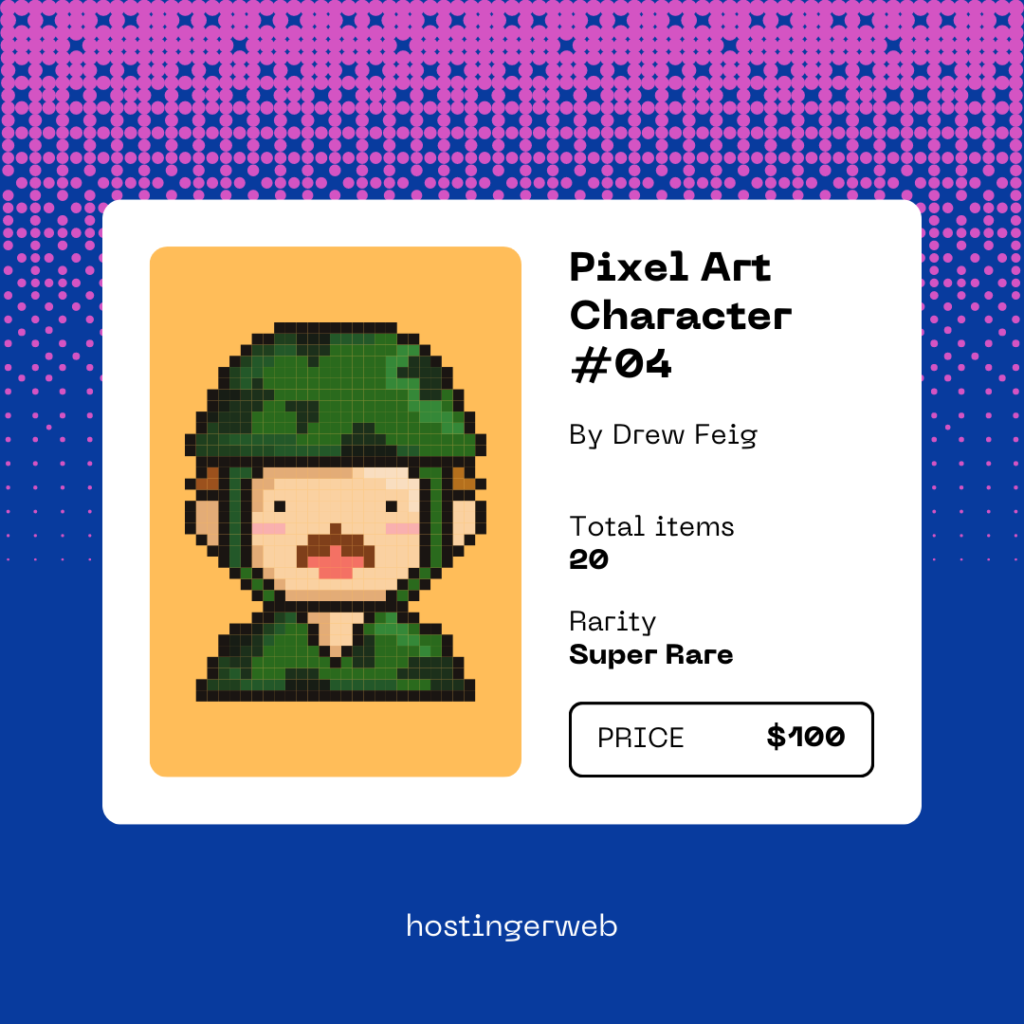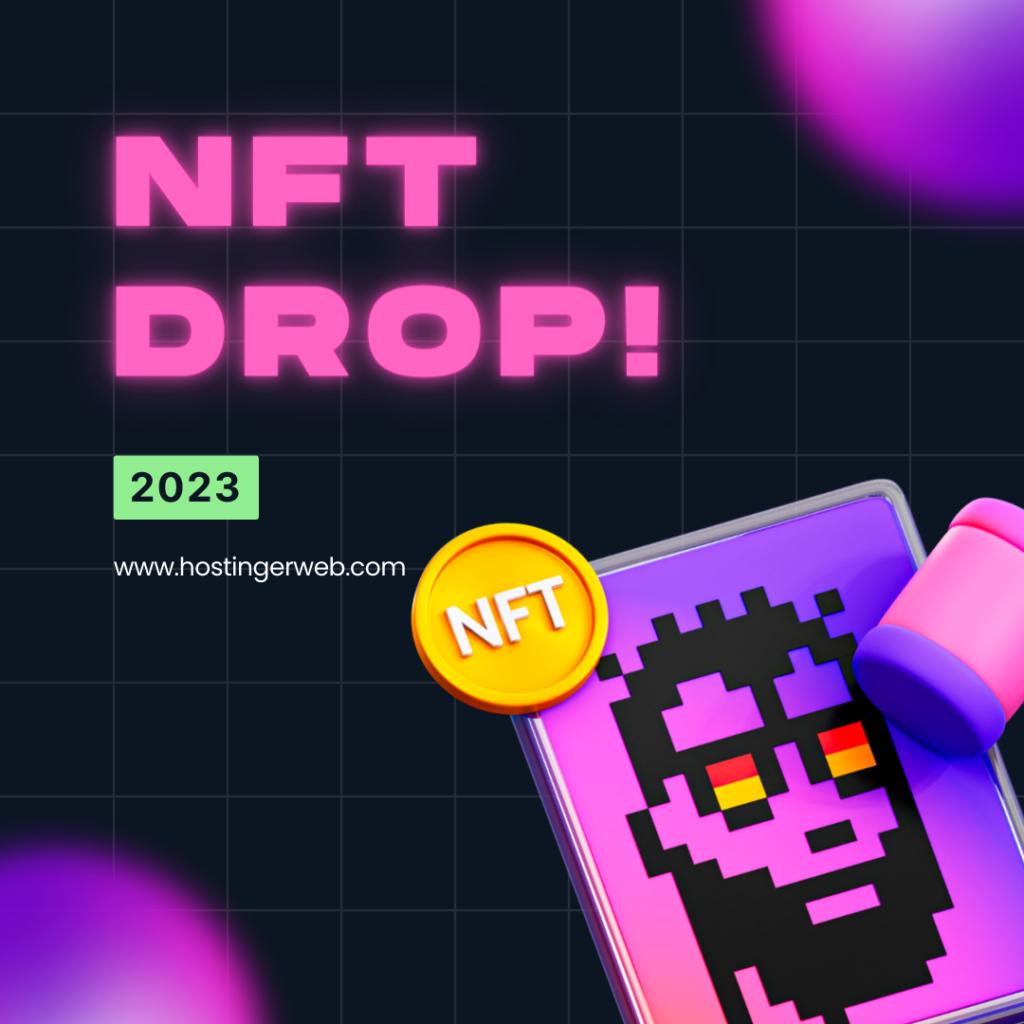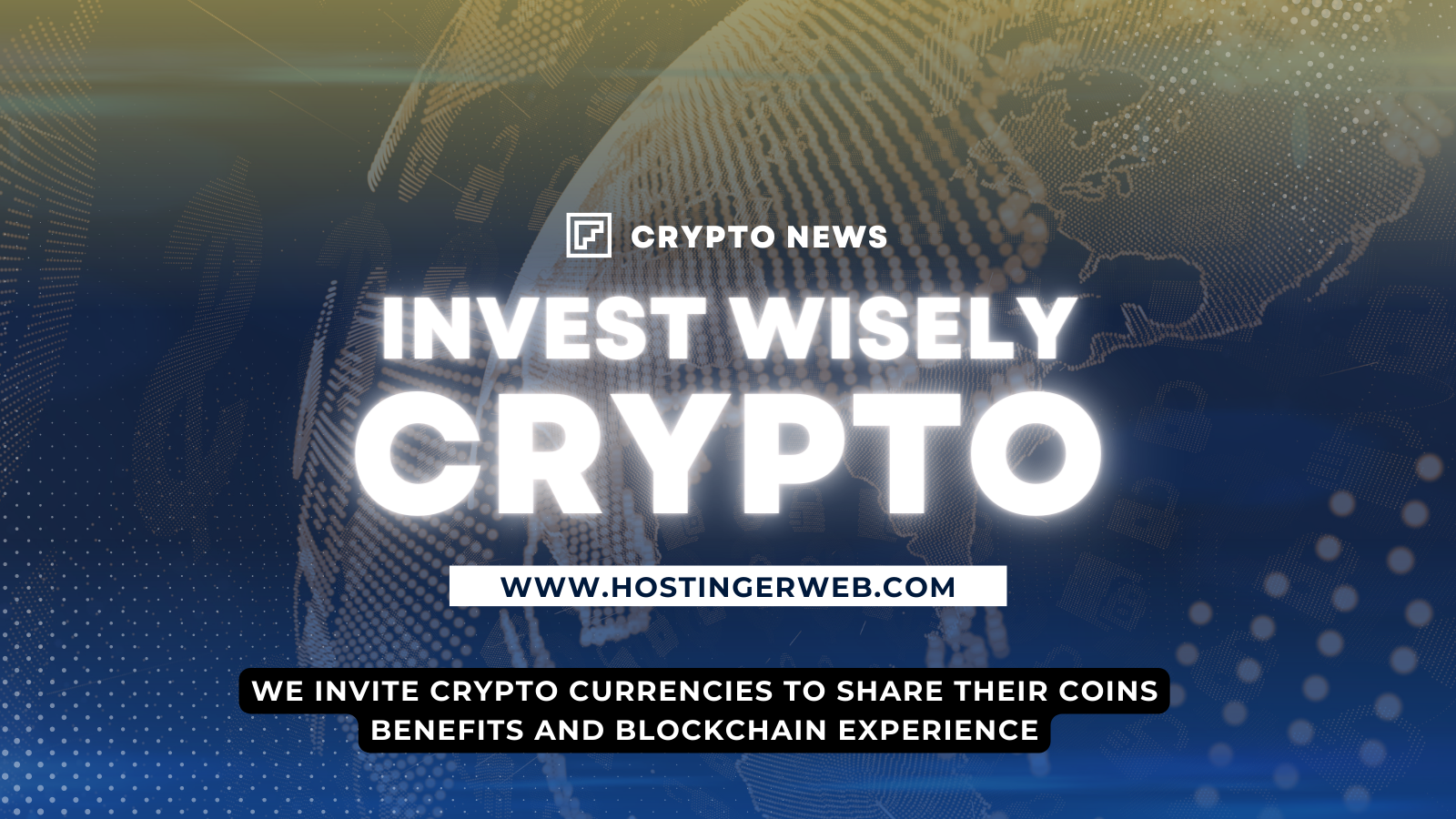NFTs, or non-fungible tokens, are digital assets that are unique and cannot be replaced with another identical item. They are often used to represent ownership of digital items, such as artwork, music, or other types of media. NFTs are stored on a blockchain and can be bought, sold, and traded like other assets.
In 2023, it is likely that the use of NFTs will continue to grow and be adopted in a wider range of industries. The increasing popularity of cryptocurrency and the growth of decentralized finance (DeFi) are expected to drive the adoption of NFTs.
One area where NFTs are expected to see significant growth is in the art world, as they provide a way for artists to authenticate and sell their digital artwork in a way that ensures ownership and provenance. NFTs are also being used in the music industry to represent ownership of digital music tracks and in the gaming industry to represent in-game items.
Overall, the use of NFTs is likely to continue to grow and evolve in the coming years, as they provide a unique and secure way to represent ownership of digital assets.

NFT Usage
. They are often used to represent ownership of digital items, such as artwork, music, or other types of media. NFTs are stored on a blockchain and can be bought, sold, and traded like other assets.
There are a wide range of potential uses for NFTs, including:
Art: NFTs can be used to authenticate and sell digital artwork, providing artists with a way to ensure that their work is not copied or reproduced without their permission.
Music: NFTs can be used to represent ownership of digital music tracks, allowing artists to sell their music directly to fans in a way that ensures ownership and provenance.
Gaming: NFTs can be used to represent ownership of in-game items, such as weapons, armor, or other virtual items.
Collectibles: NFTs can be used to represent ownership of unique digital collectibles, such as virtual trading cards or digital art.
Real estate: NFTs can be used to represent ownership of virtual real estate, such as virtual land or virtual buildings.
Overall, the use of NFTs is likely to continue to grow and evolve in the coming years, as they provide a unique and secure way to represent ownership of digital assets.

NFT Marketplace
NFT marketplaces are online platforms that allow individuals and organizations to buy, sell, and trade NFTs, or non-fungible tokens. NFTs are digital assets that are unique and cannot be replaced with another identical item. They are often used to represent ownership of digital items, such as artwork, music, or other types of media.
Some examples of NFT marketplaces include:
OpenSea: A marketplace for buying, selling, and trading NFTs, including virtual real estate, digital art, and collectibles.
Rarible: A marketplace for buying, selling, and trading NFTs, including digital art, music, and collectibles.
SuperRare: A marketplace for buying, selling, and trading digital art NFTs.
KnownOrigin: A marketplace for buying, selling, and trading digital art NFTs.
Foundation: A marketplace for buying, selling, and trading NFTs, including digital art, music, and collectibles.
NFT marketplaces provide a platform for individuals and organizations to buy and sell NFTs in a secure and transparent manner. They can help to increase the accessibility and liquidity of the NFT market, making it easier for people to buy, sell, and trade NFTs.
How to create NFT?
To create an NFT, or non-fungible token, you will need to follow these steps:
Choose a blockchain platform: NFTs are stored on a blockchain, so you will need to choose a platform that supports the creation of NFTs. Some popular options include Ethereum, EOS, and TRON.
Create a digital asset: An NFT represents ownership of a digital asset, so you will need to create the asset that you want to sell as an NFT. This could be a piece of digital artwork, a music track, or some other type of digital item.
Choose a smart contract template: Many blockchain platforms offer templates for creating NFTs, which can help to streamline the process. Choose a template that meets your needs and customize it as needed.
Deploy the smart contract: Once you have customized the smart contract template, you can deploy it to the blockchain. This will create your NFT and make it available for purchase.
Market your NFT: Once your NFT is created, you will need to market it and make it available for purchase. You can do this through an NFT marketplace or by promoting it through social media and other channels.
Overall, creating an NFT requires a basic understanding of blockchain technology and smart contracts, as well as a digital asset to represent. By following these steps, you can create and sell your own NFTs.
SAMPLE NFT
Here is an example of an NFT, or non-fungible token, that represents ownership of a digital artwork:
Name: “Galactic Sunset”
Artist: John Doe
Description: A digital artwork featuring a beautiful sunset over a distant planet.
Date created: January 1, 2022
Total supply: 1
Smart contract address: 0x1234567890
This NFT represents ownership of a unique digital artwork created by artist John Doe on January 1, 2022. There is a total supply of 1, and the NFT is stored on the Ethereum blockchain at the smart contract address 0x1234567890. This NFT can be bought, sold, and traded like other assets.
Overall, NFTs provide a way for individuals and organizations to authenticate and sell digital assets in a way that ensures ownership and provenance. They are stored on a blockchain and can be bought, sold, and traded like other assets.

